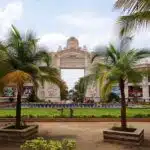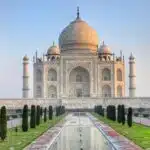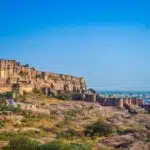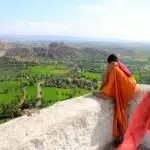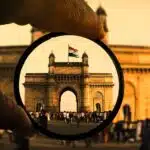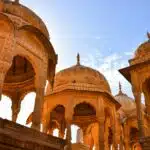Jaipur, the capital of Rajasthan, is a city where history, culture, and vibrant colors come alive. Known as the “Pink City” for its distinctive pink-hued buildings, Jaipur offers a captivating blend of majestic palaces, historic forts, and bustling bazaars. This city is not just a feast for the eyes but also a journey through the opulent heritage of the Rajput era.
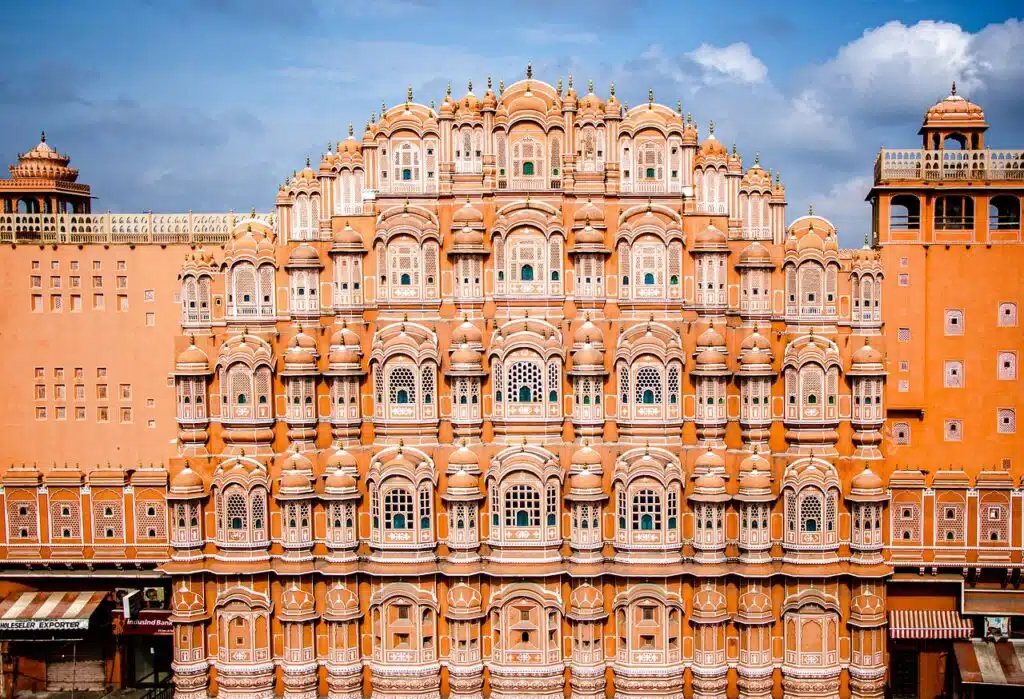
Iconic Landmarks in Jaipur
- Amber Fort: Explore this majestic fort with its stunning architecture and panoramic views of the surrounding landscape. Don’t miss the Sheesh Mahal, or Mirror Palace, known for its beautiful mirror work.
- City Palace: Wander through the opulent halls and courtyards of the City Palace, which houses a museum showcasing royal artifacts and traditional costumes.
- Hawa Mahal: Admire the unique honeycomb façade of the Hawa Mahal and learn about its purpose as a viewing gallery for the royal women.
- Jantar Mantar: Visit this astronomical observatory built by Maharaja Jai Singh II. The Jantar Mantar is an architectural marvel with its large-scale instruments designed for astronomical observations.
- Jal Mahal: The Jal Mahal, or Water Palace, is a stunning sight set against the backdrop of Man Sagar Lake. This architectural gem, with its picturesque setting and intricate design, offers a serene escape and is particularly beautiful at sunrise and sunset.
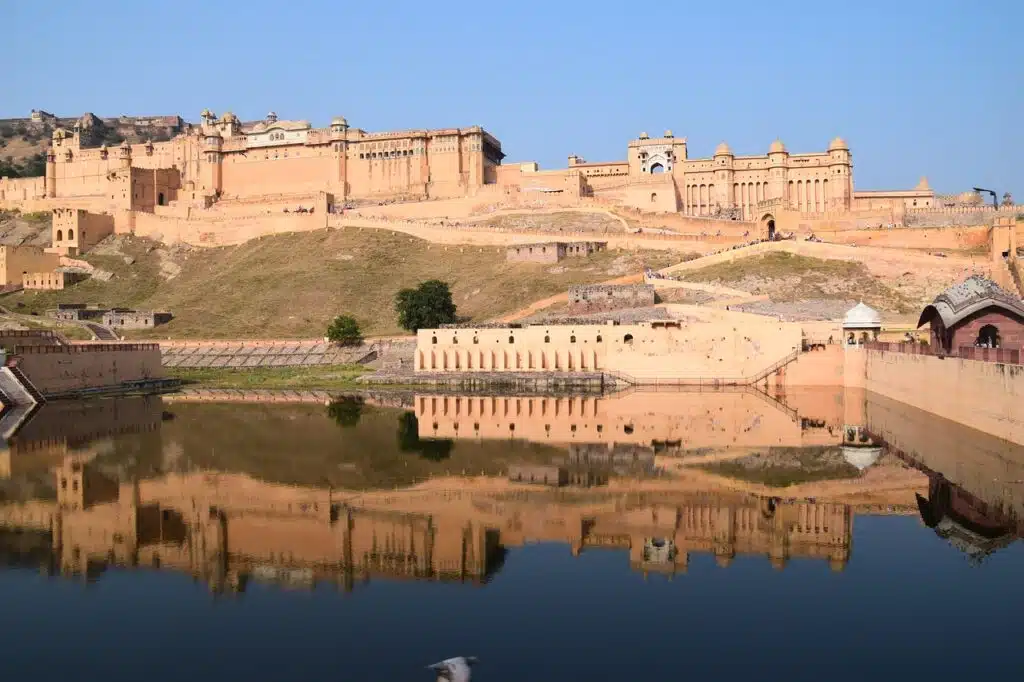
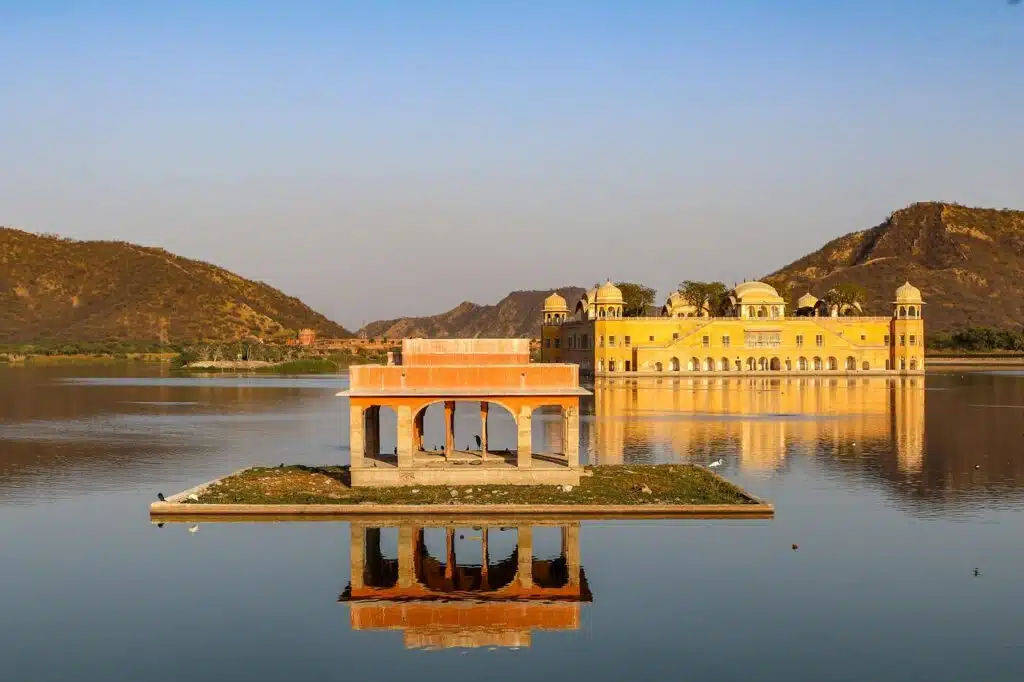
Cultural Delights
- Vibrant Markets: Jaipur’s markets are a treasure trove of local crafts, textiles, and jewelry. The Johari Bazaar and Bapu Bazaar are bustling with activity, offering everything from traditional Rajasthani jewelry to colorful fabrics and intricate handicrafts. Exploring these markets gives visitors a chance to experience the lively culture of Jaipur and pick up unique souvenirs.
- Cultural Experiences: Jaipur is a city rich in traditions and cultural heritage. Attend a traditional Rajasthani folk dance performance or enjoy a regal dinner at a heritage hotel to immerse yourself in the local culture. The city also hosts vibrant festivals like the Jaipur Literature Festival and the Elephant Festival, which provide a deeper insight into its cultural fabric.
Historical Significance
Founded in 1727 by Maharaja Sawai Jai Singh II, Jaipur was meticulously planned according to Vedic principles of architecture. The city’s historical significance is reflected in its well-preserved monuments and its role as a key center of Rajput power and culture.
Best Time to Visit Jaipur
The best time to visit Jaipur is between October and March when the weather is cooler and more pleasant for sightseeing. The city’s vibrant festivals and cultural events also take place during this period, adding to the charm of your visit.
Travel Tips in Jaipur
- Transportation: Jaipur is well-connected by air, train, and road. Hiring a local guide or joining a tour can enhance your experience by providing historical insights and navigating the city’s attractions.
- Dress Code: Dress modestly, especially when visiting religious sites. Comfortable footwear is also recommended as you’ll be exploring various historical sites and markets.
- Shopping: Bargaining is common in local markets, so feel free to negotiate prices when shopping for souvenirs.
Jaipur is more than just a destination; it’s a vibrant tapestry of history, culture, and art. Its majestic forts, opulent palaces, and lively bazaars offer a glimpse into the grandeur of Rajasthan’s royal past. Whether you’re a history buff, a culture enthusiast, or simply seeking an enchanting travel experience, Jaipur promises to leave you spellbound.

